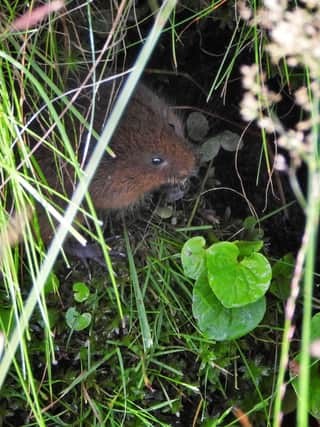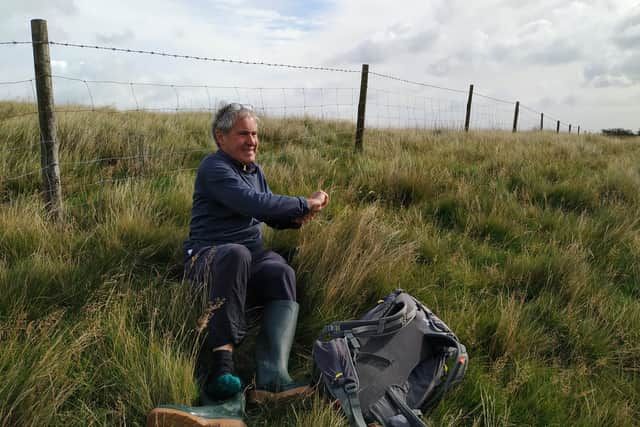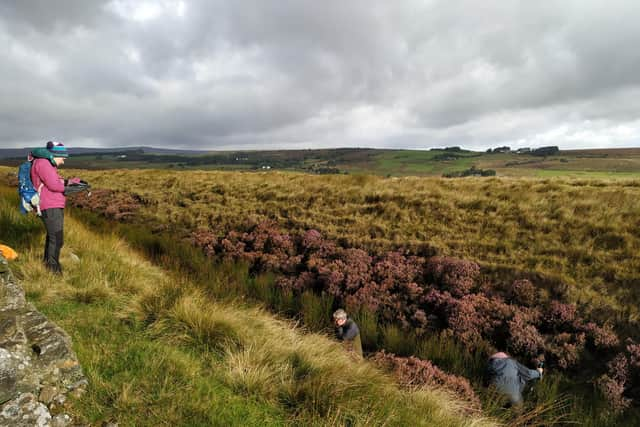Work in Sheffield to save one of Britain's most threatened mammals


Better known as ‘Ratty’ in the children’s classic The Wind in the Willows, the future of the water vole is in peril and it is now considered one of Britain's most endangered wild mammals.
In a bid to try and save the much loved riverside creature a group of 14 volunteers donned wellies and surveyed 500m stretches at Redmires Reservoir including 9km of drains and ditches, during August and September.
Advertisement
Hide AdAdvertisement
Hide AdThe results of the surveys will now be used to make improvements to their habitats.


Community Ecologist, Julie Riley, who helped lead the project, said: "The water vole population within the Sheffield area follows the national trend, with the animal functionally extinct on all of the low lying watercourses that would have formerly been their territory.
"The population within the Sheffield Lakeland Landscape Partnership area is now restricted to a small number of isolated upland drains and ditch systems where mink have not successfully colonised.
"One such site is the feeder conduit leading into the Yorkshire Water owned upper reservoir at Redmires, which has an established population of water vole for much of its length."
Advertisement
Hide AdAdvertisement
Hide AdThere are a number of reasons why the UK's water vole population has dropped in recent decades, such as loss of habitat, agricultural intensification, pollution of waterways, and predation by the non-native American mink.


This native UK mammal has recently been classed as Endangered on the Mammal Society’s Red List and has now been lost from 94 per cent of places where they were once prevalent.
Habitat improvements will now take place in conjunction with landowners.
At Hammond’s Field plans include deepening the drain and pond and putting gaps in dry stone walls so that water voles, who can move over land when looking for territory, will be able to reach the new habitat.
Advertisement
Hide AdAdvertisement
Hide AdDave Aspinall, Countryside Service Manager at Sheffield City Council, represents one of the landowners on the site and welcomes the survey work.
He said: "We need to use the information to help steer future works and to build on the improvements that the City Council and Yorkshire Water had started which have included fencing specific areas to limit disturbance to the water vole habitat from dogs.
"As a result of the survey work the City Council, the Wildlife Trust and Yorkshire Water will be assessing the potential for habitat improvements on their land to further improve water vole habitat."
The work was carried out with permission from Natural England around the reservoir and nearby Hammond’s Field.
Advertisement
Hide AdAdvertisement
Hide AdJulie and the team of volunteers undertook hand searching along the shallow drains and banksides looking for the signs of water vole including droppings, burrows and runs, feeding stations and on a few lucky occasions, sightings of feeding or swimming water vole.
Water vole is one of six species being supported through the Heritage Fund Sheffield Lakeland Landscape Partnership which have found their home along the Conduit, ditches, drains and rushy run offs at Redmires.